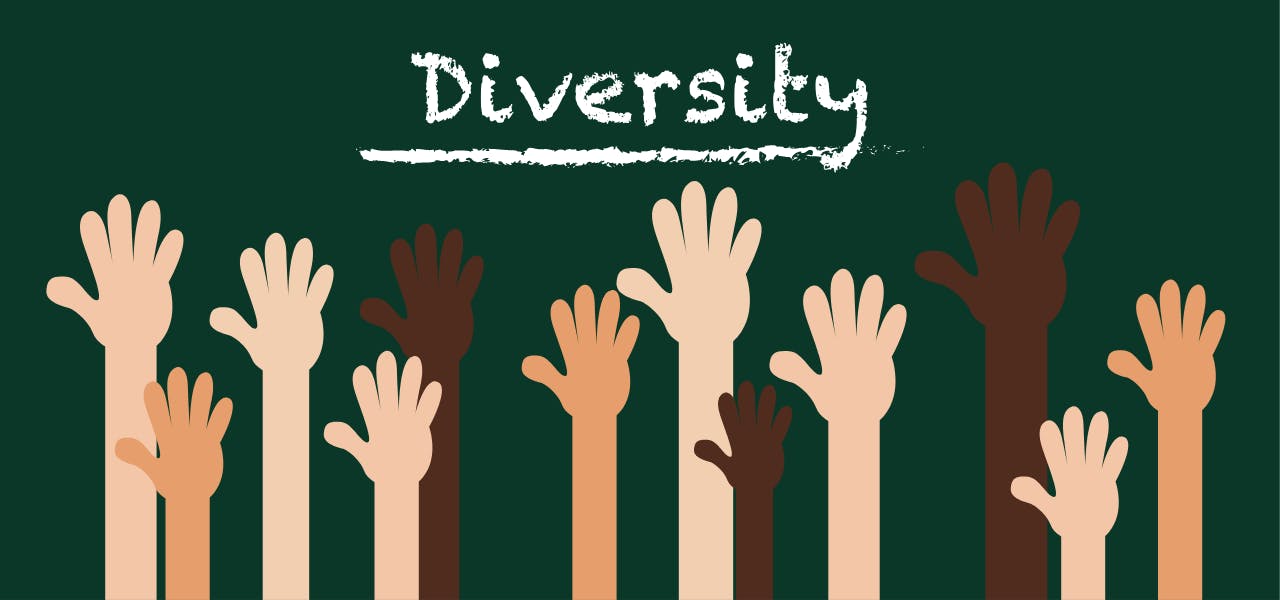The previous three decades have ushered in a major reform in education, ensuring diversity and inclusion are a regular part of every institution in the United States. This reform has expanded to industries in the workplace, making it illegal to discriminate against anyone based on their color, ethnicity, gender, and other factors. In the field of academics, when teachers are the main role model for so many students who look to them for direction on what to think and believe, diversity and inclusion become paramount.
If we want to set the stage for future generations to be inclusive and supportive of diversity, our institutions must be the reflection of that behavior. This is apparent in everything from the faculty that are hired to the way students are treated. The education sector is the main avenue that students enter once they leave their childhood homes and is, often, the last chance for many individuals to have their minds shaped into a more accepting worldview in a time when conflict seems to run rampant and no one is quite sure who to believe.
What is Diversity?
There is no easy definition of diversity. It encompasses a paradigm of thinking and behavior that shifts around the world but is basically understood as the differences in humans based on gender, religion, culture, race, age, language, socioeconomic statuses, and disability. Moving this on further to the idea of inclusion means that the environment a person is in includes encouragement of attitudes and strategies that make sure all people are made to feel accepted, regardless of their differences.
Diversity moves beyond boundaries and is complex and unique. It’s an encompassment of everything a person is, as well as what they aren’t, with a focus on the differences that make us all individuals. America was once content with being a melting pot for everyone to come to and “fit in,” but diversity encourages the standing out of differences and understands that melting together blends everyone into the same people instead of allowing them all to be their true selves. A truly inclusive environment is full of people who understand that those differences are what makes a team stronger.
Why are Diversity and Inclusion Crucial in Education?
Starting from their first foray into the education system, students need to feel accepted and included. Decades ago, anyone who was deemed “different,” included those with learning disabilities and physical disabilities, were separated from their fellow students. Mainstream education became normalized in the ‘80s and grew from there, but without teachers to guide children on how to treat those who are not like them, ostracism occurs. Teachers are role models, whether for good or bad behavior. It’s crucial that they develop positive relationships with their students and model inclusion at all levels. When this connection exists and they feel accepted, students are more apt to pay attention, learn, study, and have a better academic experience in general.
Students at all levels feel more secure in their environment if they know they have someone they can go to that accepts them and wants the best for them. If they relate to any faculty member, they are more apt to turn to them for guidance. Those instructors should be able to respond with an inclusive perspective.
Advancing Diversity in Higher Education
Every person involved in the institution’s mission plays a part in advancing diversity in the higher education forum. But we don’t all come from the same backgrounds, where inclusion is encouraged and modeled. To advance diversity in the higher education sector, faculty members should be taught basic tenets of inclusion, such as:
● Listening to students who try to come to you for advice and to conversations in the classroom
● Establishing learning opportunities in which faculty can participate in facilitating or observing training to understand the effect of discrimination on their students
● Encouraging news sources, both print and electronic, to help faculty members learn how to role model and lead the way in inclusion
● Establishing committees on campus where diversity is the focus and faculty members can collaborate with each other to influence changes in the institution that push for inclusion in both the learning and working environment.
In addition to these actionable plans, faculty members must be held accountable for their behaviors and words. Diversity is every aspect of how a person treats someone else, and as a role model for future generations, it’s important that anyone who engages in communication with students be aware of the potential they have to influence their thinking patterns.
